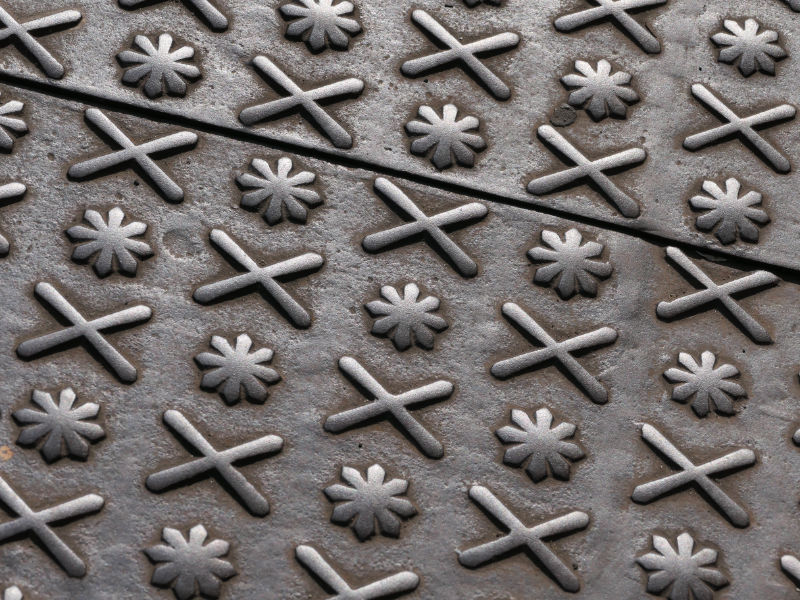The U.K. has a web of public rights of way spread across it. These are footpaths across private land over which the public are legally able to walk. Land owners are required to keep such paths accessible both in fields and where they cross into other fields by gates or stiles. Most do this well: others make little effort, and a few are deliberately obstructive. I saw these walkers from the summit of Coombe Hill, near Wendover, in Buckinghamshire. The farmer had done a great job marking the path in his carefully prepared field and the walkers were sticking to it - a win win situation. It also made for an interesting photograph.
photo © T. Boughen Camera: Lumix FZ1000 2




















